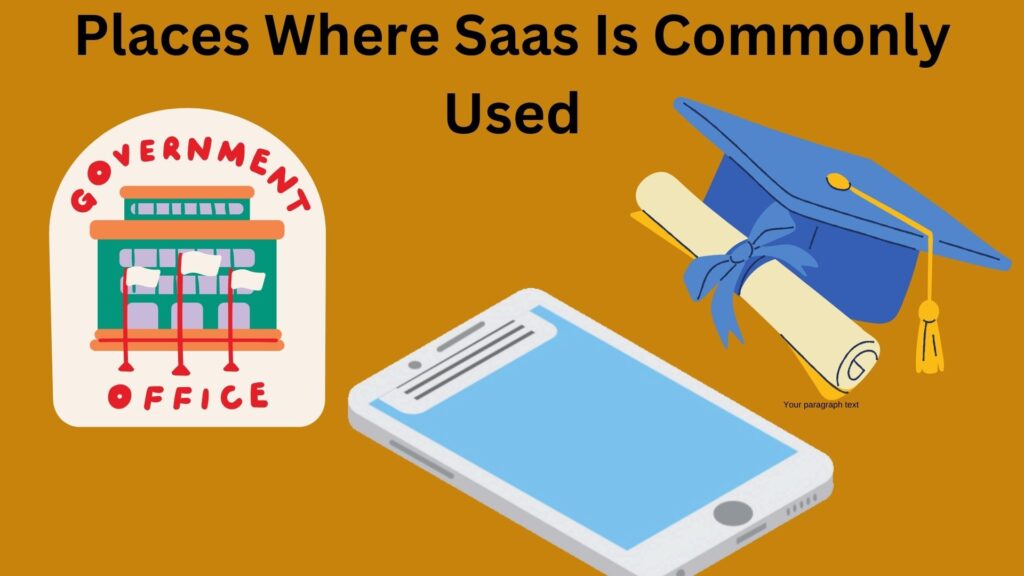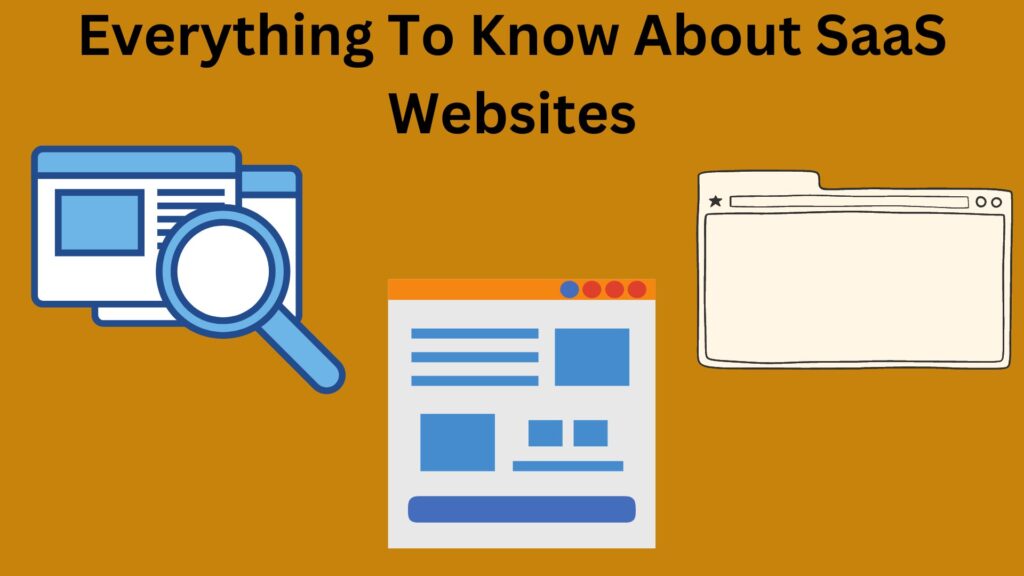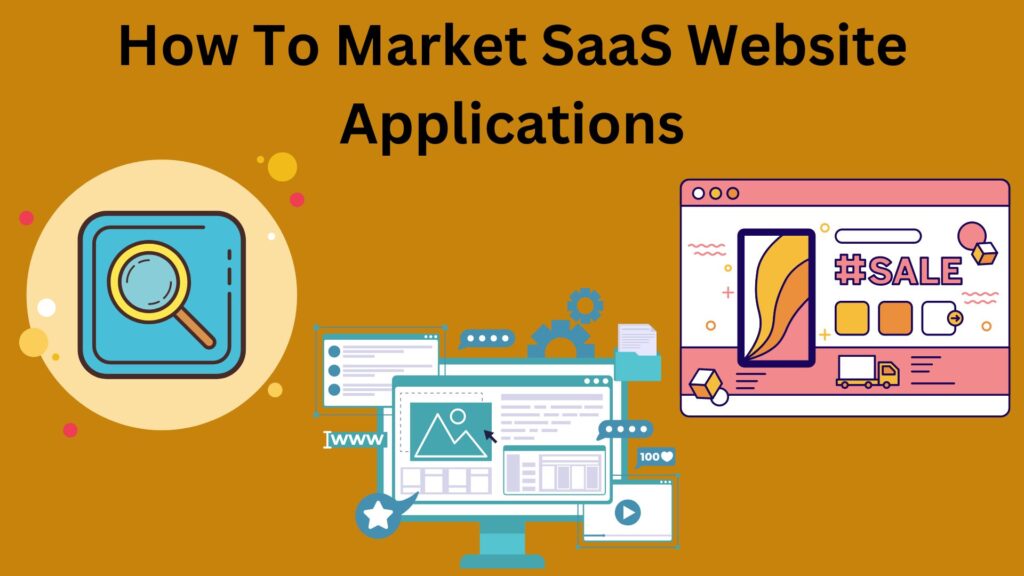Software as a Service, or SaaS, is a popular model for delivering software applications over the internet. We want to cover the most crucial places where SaaS is used in this article.
SaaS is used in a wide range of settings, from businesses to schools to government organizations. It is a practical and affordable method for gaining access to and using software programs because of its on-demand nature and internet-based architecture.
Because it enables users to access software applications on-demand without having to install and maintain the program on their computers, SaaS has grown to be a popular option for many enterprises. Users will find it simpler to access the most recent software versions thanks to this ability to save time, money, and resources.
Businesses are among the most frequent users of SaaS. For responsibilities like project management, human resources, and customer relationship management, many businesses employ SaaS apps. This makes it possible for workers to access crucial data and resources from any location and on any internet-connected device.
SaaS is frequently employed in the field of education. Applications for learning management, student information systems, and online collaboration are often used in schools and colleges. This facilitates communication and information sharing between teachers and students, which can improve the educational process.
SaaS is another tool used by government enterprises to boost productivity and offer their constituents improved services. For tax collection, citizen services, and information management, for instance, many governments adopt SaaS. This can enhance the provision of public services by enabling access to crucial information and tools for government workers from anywhere.
We’ll look at some of the most typical applications for SaaS in this article.
Using SaaS in Business
In the business realm, SaaS is utilized to give businesses on-demand access to a variety of software products. This might include everything from financial management tools and human resources software to project management software and customer relationship management solutions. Business is one of the most important places where SaaS is used since its what drives economies.
The ability of employees to access critical software programs from any location using any device with an internet connection is one of the main advantages of SaaS for enterprises. This might be especially helpful for businesses with several offices or remote employees. Additionally, it implies that workers won’t have to bother setting up and updating the software on their own devices in order to access the most recent versions of the program.
SaaS may also aid firms in cost reduction. Companies only pay for the software they really use because SaaS products are often subscription-based. Compared to purchasing and maintaining software licenses for each employee, this may be more affordable.
SaaS offers firms the chance to boost productivity, which is an additional benefit. SaaS may assist in minimizing the amount of time and effort needed to perform activities by giving employees simple access to the resources they need to do their jobs. Employees may be able to concentrate on more significant, value-added tasks as a result.
In general, SaaS is a popular and convenient way for businesses to access and use a wide range of software applications. Its on-demand, internet-based model makes it easy for employees to access the tools they need from anywhere and can help businesses save money and increase productivity.
Using SaaS in Education
SaaS is utilized in the education industry to give schools, colleges, and other educational institutions on-demand access to a broad variety of software applications. This might encompass everything from learning management systems and student information systems to online collaboration tools and assessment software. Education can be considered one of the crucial places where SaaS is used.
The ability for students and instructors to access crucial software programs from any location using any device with an internet connection is one of the main advantages of SaaS for education. This might be especially helpful for colleges and institutions with different campuses or remote students. Additionally, it means that teachers and students won’t have to bother setting up and updating the software on their own devices in order to access the most recent versions.
SaaS can also aid in financial savings for educational institutions. Schools and colleges only pay for the software they utilize because SaaS services are often subscription-based. Compared to purchasing and maintaining software licenses for each student or teacher, this may be more affordable.
Another advantage of SaaS in education is that it can help improve the learning experience. By providing students and educators with easy access to the tools they need to learn and teach, SaaS can help reduce the time and effort required to complete tasks. This can free up students and educators to focus on more important, value-added activities.
Overall, SaaS is a popular and convenient way for educational institutions to access and use a wide range of software applications. Its on-demand, the internet-based model makes it easy for students and educators to access the tools they need from anywhere and can help educational institutions save money and improve the learning experience.
Using SaaS in Government Organizations
In the public sector, SaaS is utilized to give government entities on-demand access to a variety of software applications. This might range from platforms for citizen services and tax collection to information management systems and procurement tools. The government is one of the most crucial places where SaaS is used.
The ability of employees to access crucial software programs from any location using any internet-connected device is one of the main advantages of SaaS for government enterprises. This might be especially helpful for government organizations that have several offices or remote employees. Additionally, it implies that workers won’t have to bother setting up and updating the software on their own devices in order to access the most recent versions of the program.
Government enterprises can save money by using SaaS. Government organizations only pay for the software they utilize because SaaS products are often subscription-based. Compared to purchasing and maintaining software licenses for each employee, this may be more affordable.
SaaS may assist government enterprises in offering public services more effectively, which is another benefit. SaaS may help decrease the time and effort needed to accomplish activities by giving employees quick access to the resources they need to execute their jobs. This might free up workers to concentrate on more crucial, value-added tasks and enhance the standard of services offered to citizens.
All things considered, SaaS is a well-liked and practical method for government companies to obtain and utilize a variety of software products. Its internet-based, on-demand strategy enables employees to easily access the resources they require from any location, which can save government organizations money and enhance the provision of public services.
Frequently Asked Questions About Common Places Where SaaS Is Used
SaaS, or Software as a Service, is a model for delivering software applications over the internet. It allows users to access software applications on demand without having to install and maintain the software on their computers.
SaaS is commonly used in a variety of settings, including businesses, schools, and government organizations. It is a popular choice for many organizations because it allows users to access software applications from anywhere, using any device with an internet connection.
Some examples of SaaS applications include customer relationship management tools, project management software, learning management systems, and online collaboration tools.
The benefits of using SaaS include convenience, cost savings, and access to the latest versions of the software. It also allows users to access important software applications from anywhere, using any device with an internet connection.
Yes, SaaS applications are typically hosted on secure servers and accessed through encrypted connections, making them a secure way to access and use software applications. Additionally, many SaaS providers offer additional security measures to protect user data and prevent unauthorized access.
Conclusion
In conclusion, SaaS, or software as a service, is a well-liked method for distributing software programs online. It is frequently utilized in a number of contexts, including workplaces, educational institutions, and governmental institutions. SaaS offers a variety of advantages, such as comfort, financial savings, and access to the most recent software releases. Additionally, it enables users to access crucial software programs from any location and on any internet-connected device. Overall, SaaS provides a handy and cost-effective approach for enterprises to access and use a wide range of software products.



